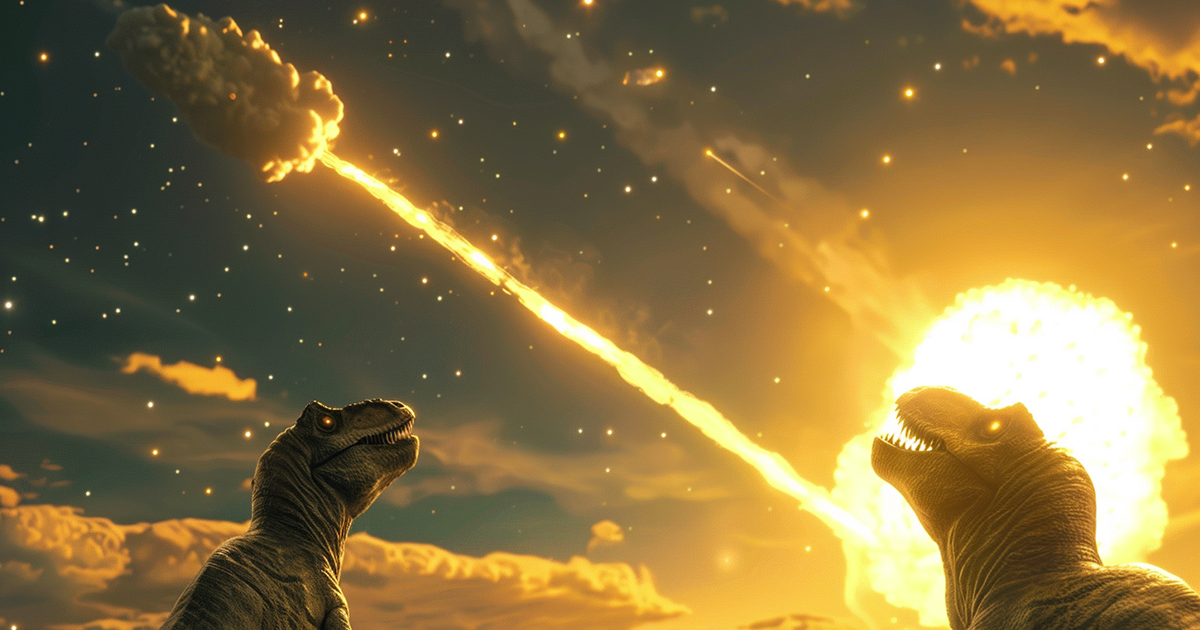The history of our planet is marked by cataclysmic events that have shaped the course of life itself. Long before the reign of dinosaurs came to an end, Earth witnessed four major catastrophes, each leaving its indelible mark on the planet’s biodiversity. Among them, one event stands out as the most devastating, resulting in a staggering loss of life that forever altered the trajectory of evolution.
These prehistoric catastrophes, shrouded in the mists of time, hold profound significance in understanding the origins of life as we know it. While the details of these events may seem distant and obscure, their impact reverberates through the eons, leaving clues for modern scientists to decipher.
The deadliest of these cataclysms occurred prior to the demise of the dinosaurs, claiming the lives of an astonishing 97% of all species then inhabiting the Earth. Imagine the scale of devastation, the sheer magnitude of loss as ecosystems collapsed and entire populations vanished into oblivion. It was a crucible of extinction, where only a fortunate few managed to survive against the odds.

What emerged from the ashes of this cataclysm were the resilient survivors, comprising a mere 3% of Earth’s previous biodiversity. These resilient species, against all odds, persevered through the chaos and cataclysm, eventually giving rise to the rich tapestry of life that flourishes on our planet today. They are the ancient ancestors, the thread that connects us to a distant past, bearing witness to the trials and tribulations of our planet’s tumultuous history.
The study of these ancient extinctions is not merely an exercise in paleontology; it is a journey through time, a quest to unravel the mysteries of our planet’s past. By piecing together the geological evidence, analyzing fossil records, and employing cutting-edge scientific techniques, researchers strive to reconstruct the events that shaped our world millions of years ago.
Understanding these cataclysmic events offers invaluable insights into the resilience of life itself. It demonstrates the remarkable ability of organisms to adapt and evolve in the face of overwhelming adversity, showcasing nature’s inherent capacity for renewal and regeneration. Moreover, it underscores the fragility of our existence, reminding us of our interconnectedness with the delicate web of life on Earth.
As we delve deeper into Earth’s prehistoric past, we are confronted with the profound implications of these ancient catastrophes. They serve as cautionary tales, urging us to recognize the importance of preserving our planet’s biodiversity and safeguarding the delicate balance of ecosystems. For in the annals of Earth’s history, we find not only the story of our origins but also the blueprint for our future.
In conclusion, the study of Earth’s prehistoric catastrophes unveils a tapestry of resilience, adaptation, and renewal woven through the fabric of time. It challenges us to contemplate our place in the vast expanse of cosmic history and to cherish the precious diversity of life that surrounds us. As we peer into the abyss of the past, let us heed the lessons it imparts and strive to be stewards of a future where life thrives in harmony with the planet.

16 thoughts on “Delving into Earth’s Prehistoric Catastrophes: Insights into Ancient Extinctions”
Comments are closed.